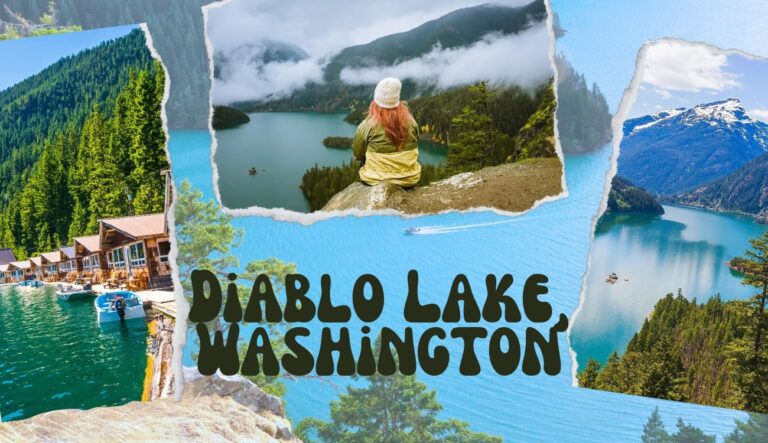Diablo Lake, with its mesmerizing turquoise waters and breathtaking mountainous backdrop, is one of Washington state’s most stunning natural wonders.
Nestled within the North Cascades National Park, this man-made reservoir is not only a visual delight but also a hub of recreational activities, a source of renewable energy, and a testament to the rich biodiversity of the region.
This is a must-visit destination for us nature lovers, outdoor enthusiasts, and anyone captivated by the beauty of the Pacific Northwest. With its distinctive turquoise hue, it is a testament to the geological wonders and ecological richness of the region.
Location and Geography
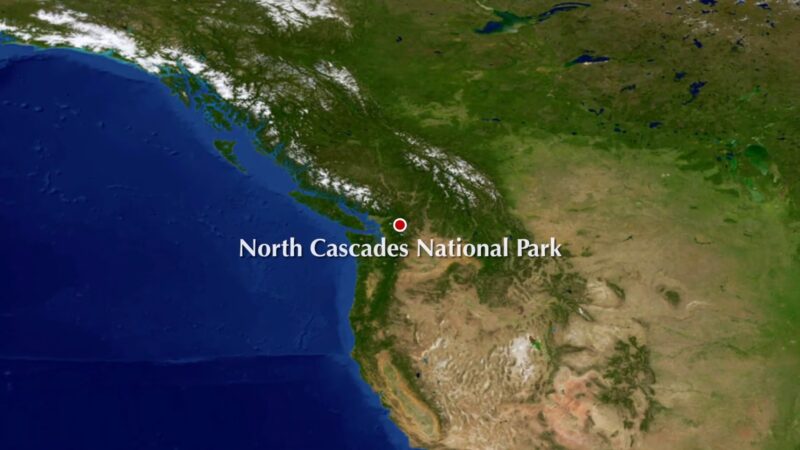
North Cascades National Park is a sprawling wilderness of over 500,000 acres, characterized by its rugged mountains, deep valleys, and cascading waterfalls.
Its diverse landscape, ranging from temperate rainforests to alpine peaks, offers a unique and breathtaking backdrop for Diablo Lake. Diablo Lake is a crucial component of the Skagit River Hydroelectric Project.
This project, managed by Seattle City Light, is a series of dams and reservoirs that harness the power of the Skagit River, one of the most powerful rivers in the country. The project is a testament to the blend of natural beauty and human ingenuity, using the river’s flow to generate renewable energy for the city of Seattle and its surrounding areas.
The creation of the place was a result of the construction of the Diablo Dam in the early 20th century. The dam, standing at a height of 389 feet, was once the world’s highest dam when it was completed in 1930. The damming of the river resulted in the formation of a reservoir that is fed by the Skagit River and several of its tributaries.
The lake, surrounded by towering peaks and lush forests, offers a stunning landscape that is characteristic of the Pacific Northwest. The Skagit River, which feeds Diablo Lake, is the largest river flowing into Puget Sound and plays a crucial role in the region’s ecology.
Originating from the glaciers of the Canadian Cascades, the river flows through a diverse range of ecosystems before emptying into the Puget Sound. The river and its tributaries provide a habitat for a variety of fish species, including several types of salmon and trout.
The Skagit River system is one of the most significant salmon-producing river systems in the country, contributing to the rich biodiversity of the North Cascades. The river’s health and vitality are essential for the survival of these species and the overall ecological balance of the region.
Stunning Turquoise Color
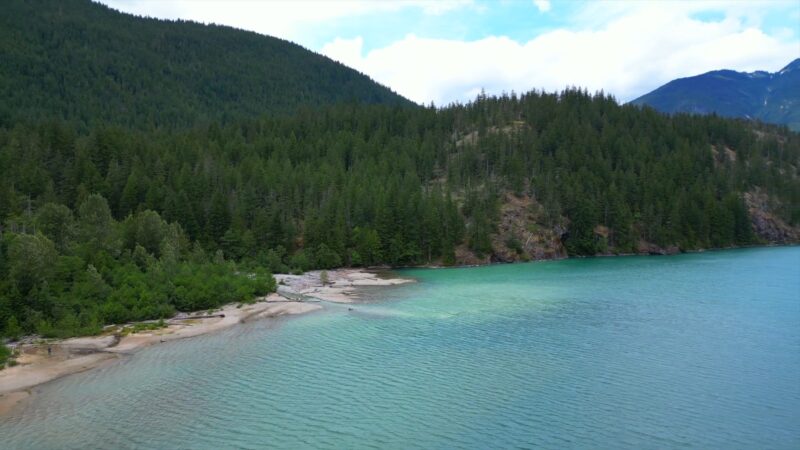
One of the most striking features of this amazing place is its vibrant turquoise color, a sight that leaves many visitors spellbound. This unique hue is the result of “glacial flour,” a fine sediment produced by the grinding of rock under glaciers. As glaciers in the surrounding mountains slowly move, they grind the rock beneath them into a fine powder.
This “glacial flour” is then carried into the lake by meltwater from the glaciers. The tiny particles of sediment remain suspended in the water, reflecting sunlight to give the water its distinctive turquoise color. The color of the water can change depending on the season and weather conditions.
The lake tends to be most vibrant in the late spring and summer when the glaciers are melting and the flow of glacial flour is at its peak. On sunny days, the turquoise hue of the water contrasts beautifully with the surrounding green forests and blue skies, creating a picturesque scene that is a photographer’s dream.
Hydroelectric Power and Diablo Dam
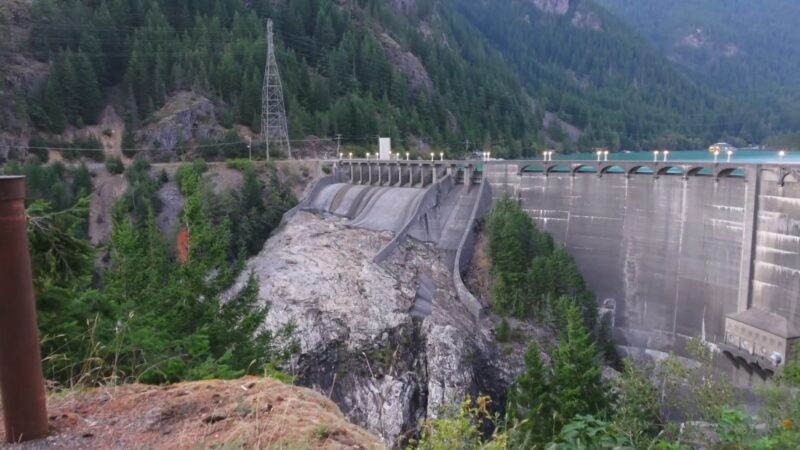
This place is not just a natural wonder; it’s also a powerhouse—quite literally. It plays a pivotal role in generating renewable energy for the region as part of the Skagit River Hydroelectric Project. This project harnesses the power of the Skagit River, one of the most voluminous rivers in the Pacific Northwest, to produce electricity.
The project is a testament to the blend of natural beauty and human ingenuity, using the river’s flow to generate renewable energy in an environmentally friendly manner. The creation of Diablo Lake was a direct result of the construction of the Diablo Dam. Completed in 1930, the dam was once the world’s highest dam, standing at a height of 389 feet.
The dam captures the flow of the Skagit River, creating a reservoir of water with significant potential energy. This energy is then converted into electricity at the Diablo Powerhouse, a feat of engineering that harnesses the power of water to generate clean, renewable energy.
The powerhouse contains two generators, each capable of producing 64,400 kilowatts of electricity. The Skagit River Hydroelectric Project is a series of three dams—Gorge, Diablo, and Ross—each with their respective reservoirs and powerhouses. The project is owned and operated by Seattle City Light, the city’s publicly owned electric power utility.
Together, these three dams generate approximately 20% of the electricity used by Seattle. This makes the project a vital source of renewable energy for the city, helping to reduce its reliance on fossil fuels and contribute to a more sustainable future.
The project is also a testament to the potential of renewable energy sources and the role they can play in addressing the challenges of climate change.
Recreational Activities
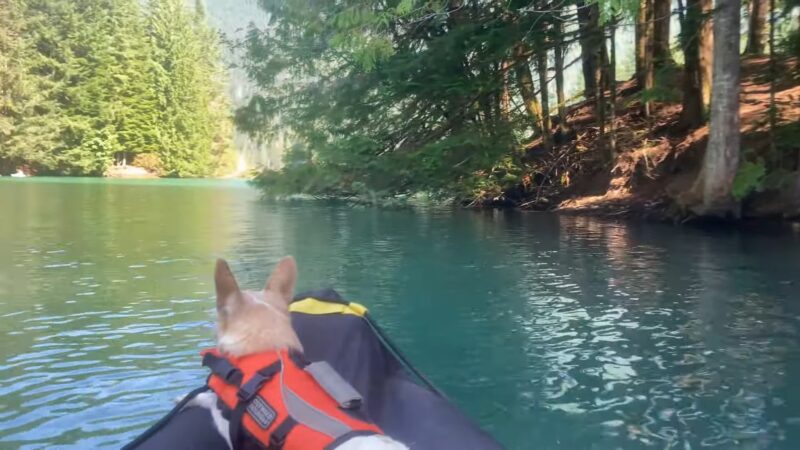
Diablo Lake offers a plethora of recreational opportunities for visitors. Whether you’re an avid hiker, a fishing enthusiast, or simply someone who enjoys soaking in the beauty of nature, this amazing place has something for everyone.
For hiking enthusiasts, the North Cascades National Park offers a variety of trails with stunning views of the lake and the surrounding mountains. The Diablo Lake Trail, in particular, offers panoramic views of the water and the chance to spot local wildlife. Boating is another popular activity.
The calm, turquoise waters of the lake are perfect for kayaking, canoeing, and sailing. Fishing is also permitted, with the opportunity to catch species such as rainbow trout and kokanee salmon. For those who prefer a more leisurely experience, there are several scenic viewpoints around, perfect for picnicking or simply soaking in the stunning landscape.
The Diablo Lake Overlook offers a panoramic view of the lake and its surrounding mountains, making it a popular spot for photography.
Wildlife and Biodiversity
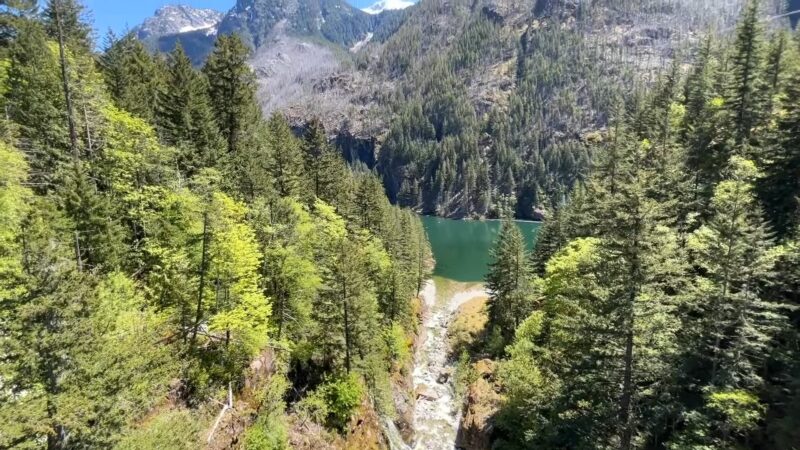
The area surrounding the lake is a living testament to the rich biodiversity of the North Cascades. The lake and its surrounding forests and mountains provide a habitat for a wide array of wildlife, making it a haven for nature enthusiasts, wildlife photographers, and anyone with an appreciation for the natural world.
Birdwatchers will find themselves in paradise here. The area is home to a diverse range of bird species, offering ample opportunities for birdwatching. Majestic bald eagles and ospreys can be spotted soaring above the lake, while a variety of waterfowl, including ducks and geese, can be seen gliding across the water’s surface.
The shores and the surrounding forests are also frequented by songbirds, woodpeckers, and owls, adding to the area’s rich avian diversity. The lake itself is a thriving aquatic ecosystem. Anglers will be pleased to find that the water is home to several species of fish.
Rainbow trout and kokanee salmon are among the species that can be found in the turquoise waters. These fish not only provide recreational opportunities for fishing enthusiasts but also play a crucial role in the food chain, supporting the lake’s diverse wildlife.
The surrounding forests and mountains are home to a variety of larger mammals. Black bears, deer, and mountain goats can often be spotted in the area, especially during the quieter hours of dawn and dusk. Smaller mammals, such as squirrels, chipmunks, and rabbits, are also common.
The presence of these animals adds to the rich tapestry of life that surrounds Diablo Lake and underscores the ecological importance of the North Cascades. This biodiversity is a reminder of the need for ongoing conservation efforts to preserve these habitats and ensure the survival of these species for future generations to enjoy.
Educational and Interpretive Programs
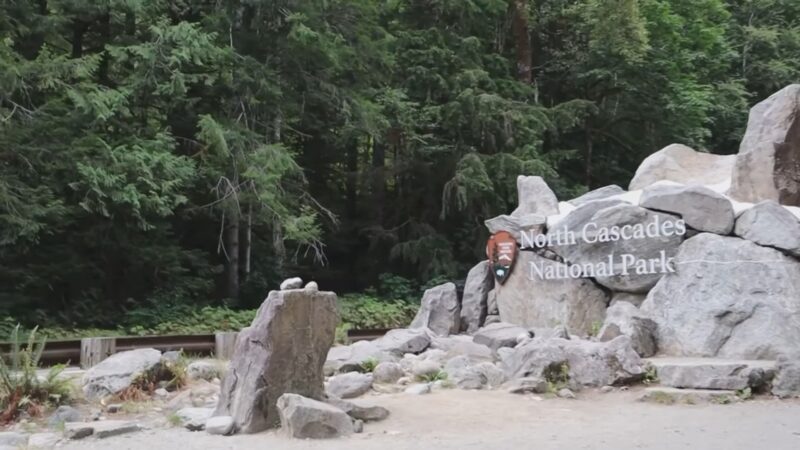
For those interested in learning more about the natural and cultural history of the Diablo Lake area, there are several educational programs and interpretive centers available. The North Cascades National Park offers guided tours and ranger-led programs that provide insights into the region’s geology, ecology, and cultural history.
These programs offer a deeper understanding of the natural environment and the importance of conservation efforts. The North Cascades Visitor Center, located near the town of Newhalem, features interactive exhibits, a bookstore, and a theater showing films about the park.
The center also offers ranger-led programs and guided walks during the summer months. For a more immersive educational experience, the North Cascades Institute offers a variety of programs at the Environmental Learning Center on Diablo Lake.
These include family getaways, adult field seminars, and youth programs, all designed to foster a deeper connection with the natural world.
Environmental Preservation and Stewardship
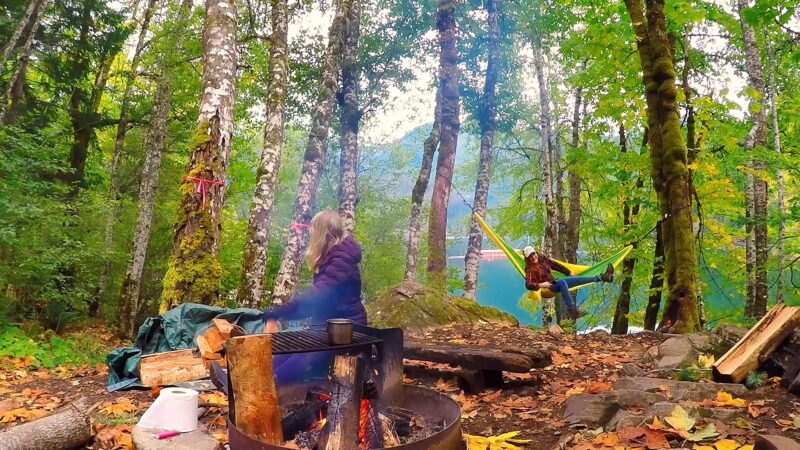
Preserving the pristine beauty and ecological balance of Diablo Lake is a shared responsibility. Visitors are encouraged to practice “Leave No Trace” principles, which include disposing of waste properly, respecting wildlife, and minimizing the impact on natural resources.
Sustainable tourism practices are also encouraged, such as using designated trails, camping in designated areas, and avoiding activities that may disturb wildlife or damage the environment.
These practices help ensure that the natural beauty and ecological integrity of Diablo Lake are preserved for future generations. The North Cascades National Park and other organizations also undertake various conservation efforts in the area.
These include habitat restoration projects, wildlife monitoring, and research studies to understand and protect the unique ecosystems of the North Cascades.
Accessibility and Visitor Information
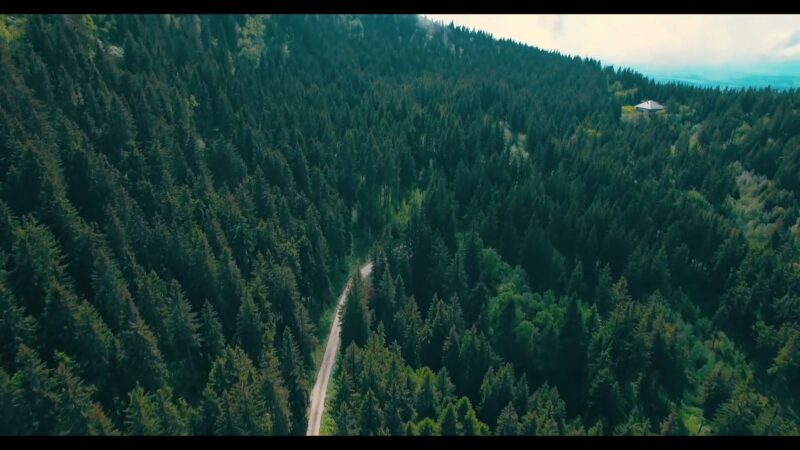
Diablo Lake is accessible via the North Cascades Highway (State Route 20), which offers stunning views of the lake and the surrounding mountains. The highway is typically open from April to November, depending on weather conditions.
There are several campgrounds and picnic areas around the lake, as well as boat launch facilities. For those planning to fish, a Washington state fishing license is required. Nearby towns, such as Newhalem and Marblemount, offer accommodations, dining options, and other facilities.
For up-to-date information on access, facilities, and regulations, visitors are encouraged to check the North Cascades National Park website or contact the park’s visitor center.
FAQs:
Can you swim in the lake?
Yes, swimming is allowed here, although the water can be chilly due to its glacial origins.
What is the best time to visit it ?
The summer months, particularly July and August, offer the most pleasant weather and optimal conditions for outdoor activities.
Are there any restrictions or rules for boating?
Boaters are required to comply with regulations such as boat speed limits and safety equipment requirements to ensure the preservation of the lake and safety of all users.
Can you access the place year-round?
Its accessibility can vary depending on weather conditions, road closures, and seasonal factors. It is advisable to check for current conditions before planning a visit.
How deep is the lake?
It has a maximum depth of approximately 590 feet (180 meters).
Conclusion
Diablo Lake is more than just a stunning natural wonder. It’s a testament to the power of nature, a hub of renewable energy, a haven for diverse wildlife, and a playground for outdoor enthusiasts.
Whether you’re drawn to its mesmerizing turquoise waters, its rich biodiversity, or the recreational opportunities it offers, Diablo Lake is a destination that captivates and inspires. As we explore and appreciate the beauty of this place, let’s also remember our responsibility to preserve and protect this natural treasure.
By practicing sustainable tourism, supporting conservation efforts, and fostering a deeper understanding of the natural world, we can ensure that Diablo Lake continues to enchant and inspire future generations.
Related Posts:
- 10 Best Beaches near Astoria, OR - Must-Visit Coastal Gems
- 7 Best Hidden Gems in Italy: Must-Visit Places in 2024
- 17 Best Things to Do in Ocean Shores, Washington -…
- Mystical Caves Around the World You Should Visit:…
- How to Avoid Baggage Fees With Spirit Airline? - Pro…
- Does It Snow In Vancouver, Washington? What You Need…

